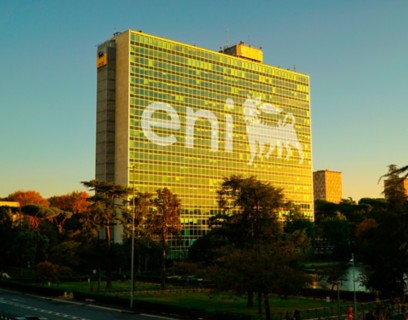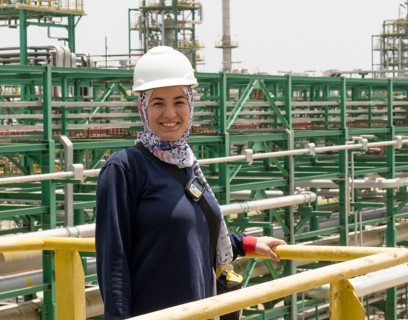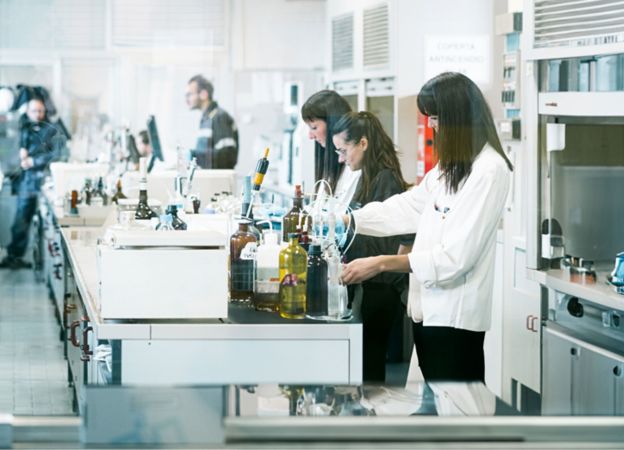
Or , our new artificial intelligence tool.
MyEni Login
e-limina® offers integrated monitoring for biological remediation
A method integrating chemical and microbiological analysis to lead remediation by harnessing the properties of naturally occurring bacteria.

What is e-limina?
The e-limina® method makes it possible to analyse the natural biodegradation process of contaminants found in soil or aquifers and to assess whether and how to initiate a specific biological treatment. Developed by Eni research, e-limina® is an acronym that stands for "Eni linking isotopic and microbial investigations to aid natural attenuation". This method involves the integration of two monitoring systems: microbiological-molecular and isotopic. Initially developed and validated for volatile organohalogen compounds, it is adaptable to any type of matrix. In the preliminary study phase, it is used to evaluate existing natural attenuation phenomena at contaminated sites. During the remediation phase, it allows real-time, highly accurate monitoring of the state of contaminant biodegradation during the intervention.

Soil protection
Water protection
A large network of leading universities and research centres
What is it for?
E-limina® enables the identification of bacterial species and metabolic processes capable of targeting and degrading contaminant molecules, particularly chlorinated solvents in groundwater and hydrocarbons in soils. This method assesses the metabolic potential of a site, i.e. the presence of natural pollutant attenuation phenomena. This understanding allows the application of specific biological remediation methods, such as the provision of organic or inorganic nutrients to enhance microbial biodegradation activity (Enhanced Bioremediation). During the actual remediation phase, e-limina® helps to monitor the process, reduce experimental uncertainties and reduce the time and costs associated with the remediation process.
How does it work?
Contaminated soil, water or sediment samples are sent to our laboratories for characterisation of the contaminated site. Total DNA is extracted from the bacterial biomass and experiments are performed on it to semiquantitatively reconstruct the composition of the bacterial families. Then, using probes developed in our laboratories and the qPCR technique (selective and quantitative amplification of DNA), we determine the presence and quantity of:
bacterial species known for their ability to attack pollutant molecules
genes encoding key enzymes in the degradation process.
A portion of the original sample is subjected to chemical/isotopic analysis. Data from different analytical methods are harmonised to provide a comprehensive view of bioremediation. This method is used to characterise the polluted site and then to monitor the progress of the bioremediation process.
Features and performance
-
85 - 90%
mass of contaminant removed¹ in this case study
- (1) Determined according to the mass of residual contaminant compared to that found at the start of treatment.
Learn more about our technologies
Read more
Is it possible that plants have superpowers?
A process that exploits the natural ability of plants to extract heavy metals and eliminate organic contaminants from the soil. Discover the phytoremediation.
05 October 2023



















